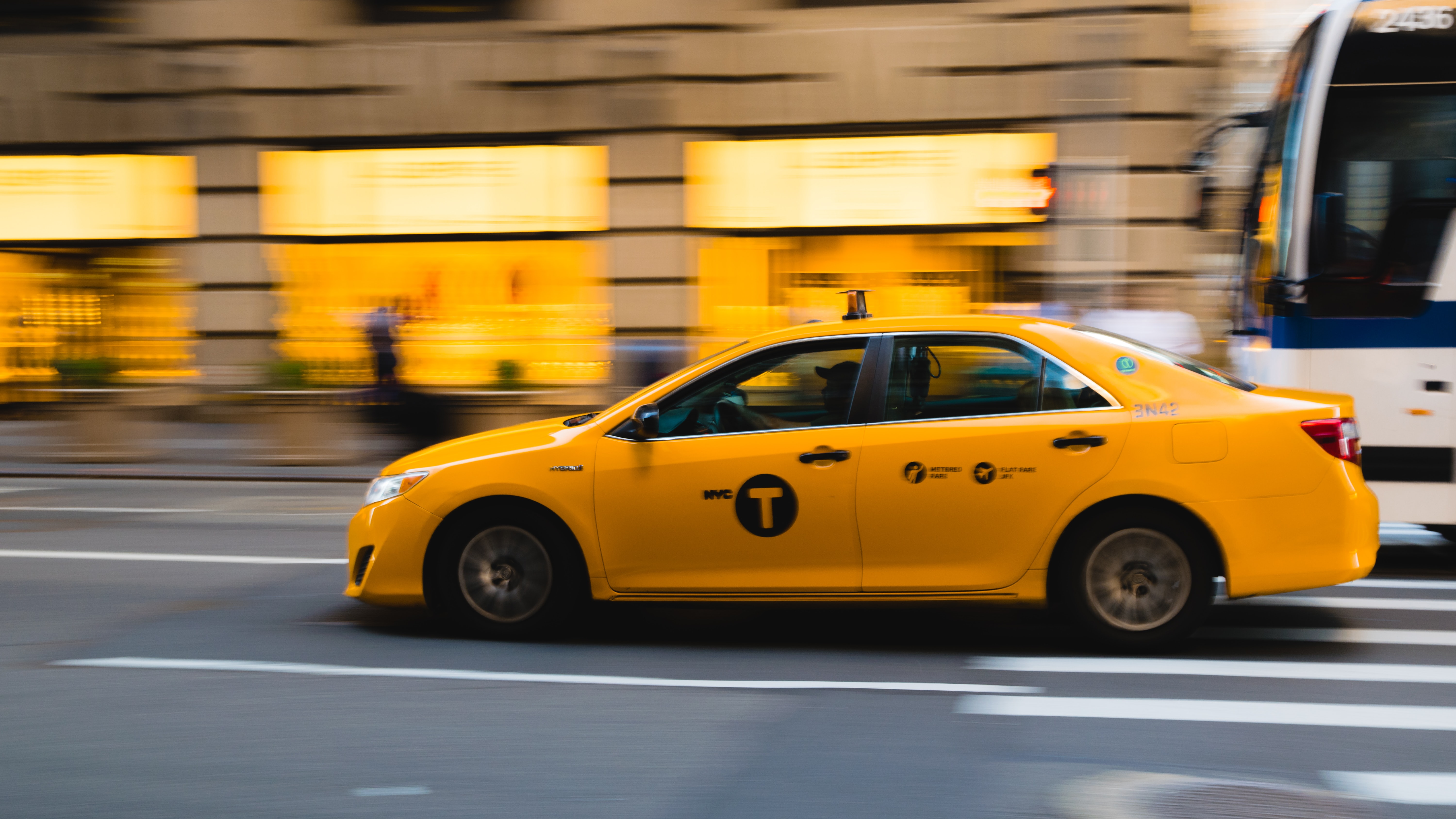For a considerable length of time, fast-food chains have ventured into speedy deals with specific time-limited promotions and items and income-oriented plan of advertising planned to drive incremental pedestrian activity to eateries.
Yet, with changing customer tastes for more beneficial alternatives and new innovations that streamline requesting and conveyance, fast food eateries are exploiting and enhancing their digital plans to rival a large number of other such fast-casual restaurants like Shake Shack, Chipotle and Whataburger.
As per what Bill Duffy, an executive of CPG at L2 Research had to say, the small brands are often dexterous and active with increased efficiency related to site merchandising with the cases of nourishment facts and dietary filters when evaluated with the dominating giants in the domain.
Burger chain Whataburger, for instance, allows clients to filter the menu on its site with respect to nutrition and sort of sandwich as per what he added.
Deloitte Digital research identifies that 40 percent of gourmets like to request nourishment on the web. When they put in a request from a fast-food eatery, they spend a time frame of more than 26 percent than they would have in-store, and diners consume 13 percent progressively when requesting from a fast casual diner/ restaurant. Another 40 percent of shoppers surveyed said that they needed to get notification from an eatery in any event once per month, with 80 percent of individuals particularly inspired by getting rebates and exceptional offers and another 34 percent searching for customized messages.
To put those details in context, online food conveyance deals are relied upon to reach $55 billion by 2022, which is an increase from $20 billion last year, as per what the investment firm Cowen had to note.
In order to mitigate queues and hold up time, Chipotle enhanced its mobile application in November to incorporate a component that gives clients a chance to put requests and afterward pick them up in assigned queues inside eateries. The application additionally monitors the most recent suppers and store coupons. Since redoing the application, the burrito chain noted a 50 percent expansion in application downloads and orders, however, Chipotle declined to give particular and specific metrics.
An executive from Chipotle, Mr. Curt Garner noted that mobile app users are very much inclined to order on a frequent basis and they feature a bigger average ticket when evaluated with the gourmets who visit the physical stores for food. He noted that it has resulted in frequent reorder of favorite dishes or the most recent orders which has been a great beneficial aspect of these attributes encompassed.
In reality, mobile applications appear to be key for fast-food brands to transform one-off clients into recurrent gourmets/ customers who constantly expect new offers from a brand. In an investigation of 126 eateries, L2 found that 95 brands—or 75 percent—featured a mobile application in its functioning
Be that as it may, not all applications are developed the same. In L2’s investigation, 57 percent of eatery applications featured pick-up requesting while just 33 percent offered coupons that urge buyers to recurrently visit, proposing that building applications with long-haul engagement are a formidable venture indeed.
An executive from Wendy’s chain Mr. Kurt noted that the major challenges are to ascertain that there are user needs and then making the people accustomed to the technology. Another one of the formidable tests included the fact that in-store ordering had been made so effective such that the majority of the gourmets are not enthralled with the manipulation of mobile technologies, in this case, a mobile application.
This exactly is the reason why the brand assumes a major control over the creation of its mobile app in-house. The brand manages a development focus going by the name 90 Degrees Lab in Columbus, Ohio. This is where mobile apps and in-store kiosks are created. Kurt added that it allowed the brand to carry out things at a speedy rate as the associated people have insight into all the things. He says that there is no need to outline things related to what has to be done.
Wendy’s is currently exploring different avenues regarding including offers and a loyalty program to its application. Amid March Madness, for example, Wendy’s is pushing out rebates for fresh hamburgers by means of the application as a feature of its greater sponsorship as an official partner of the National Collegiate Athletic Association (NCAA). The brand is likewise venturing into a dependability program that will wrench out loads of information—like how regularly individuals order or what they requesr—that Wendy’s would then be able to turn into a collection of knowledge and custom offers.




